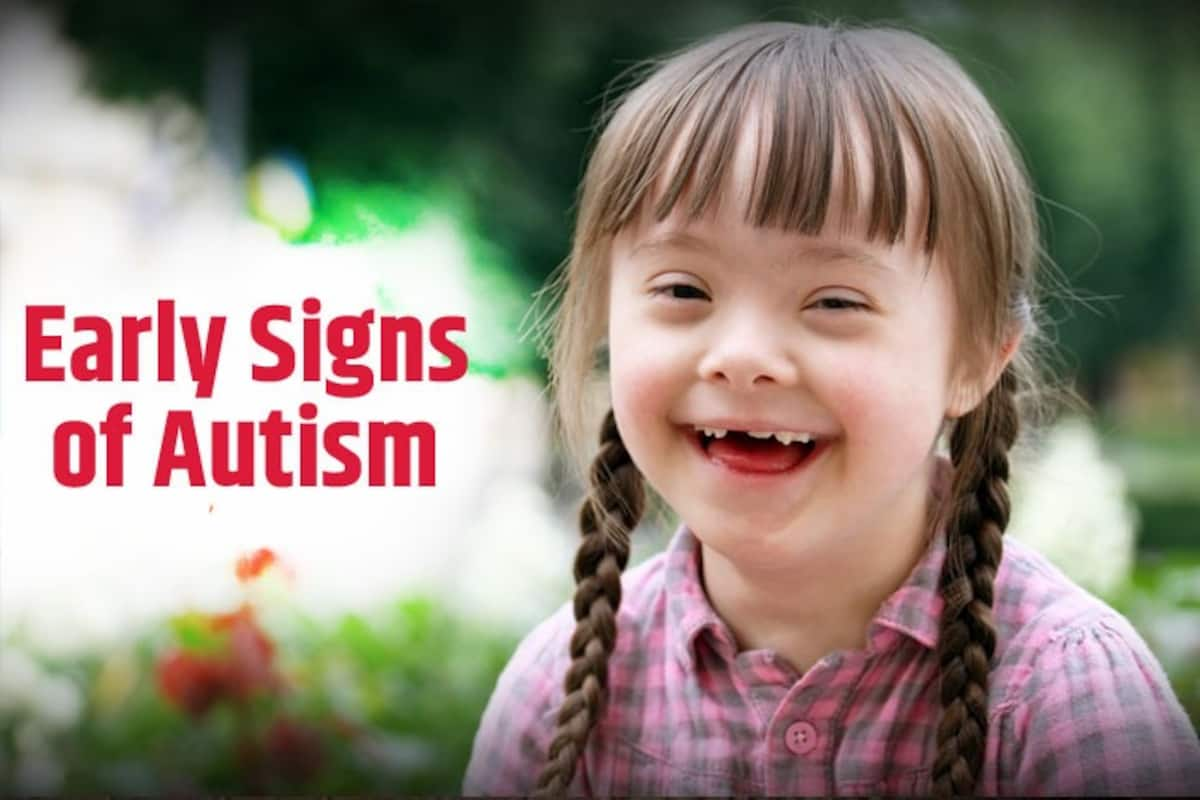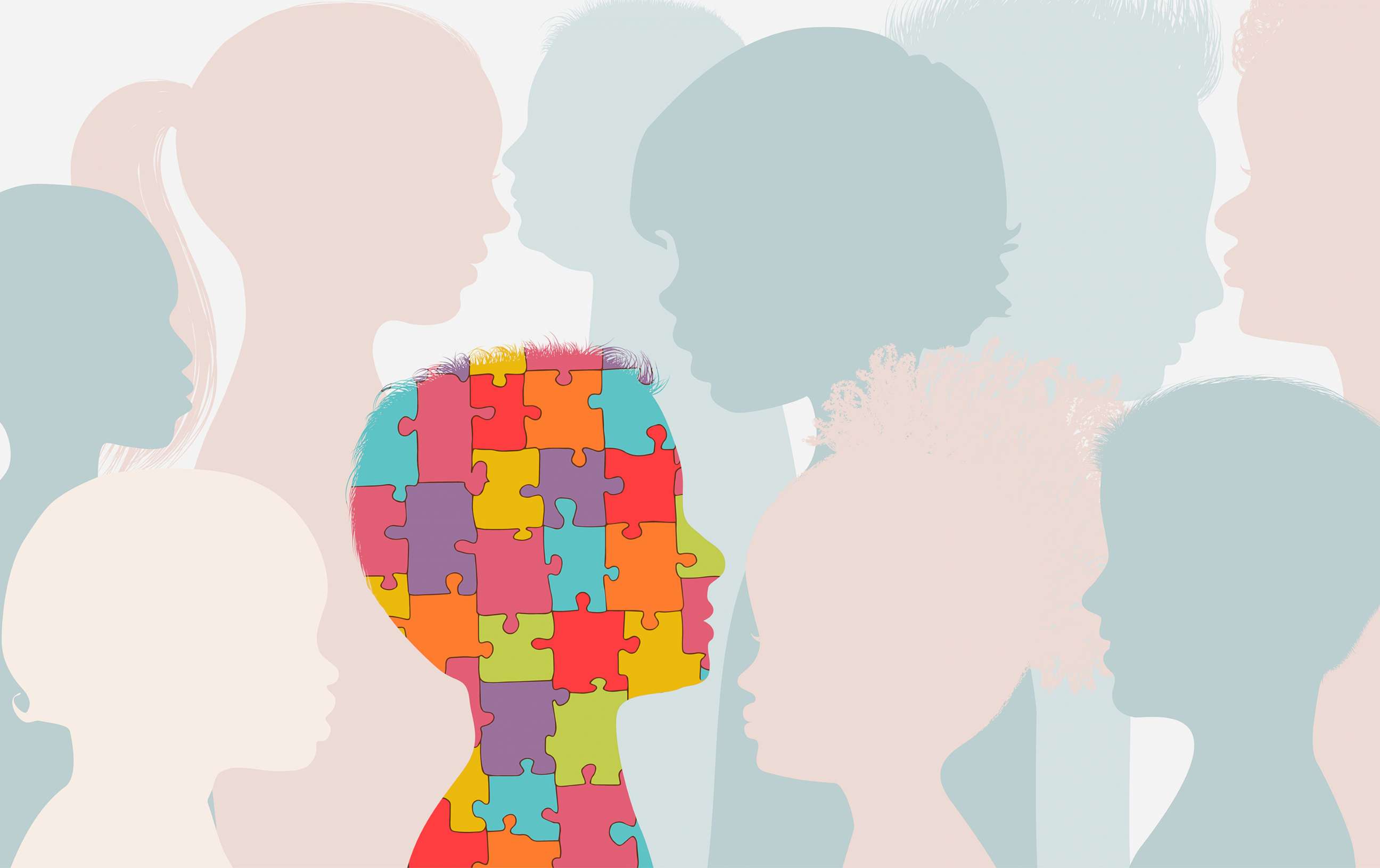Exactly how to Produce an Inclusive Atmosphere for Buddies and Family Members with Autism
Exactly how to Produce an Inclusive Atmosphere for Buddies and Family Members with Autism
Blog Article
Discovering Autism: Methods for Effective Communication and Communication
Reliable communication and communication with people on the autism range require a comprehensive understanding of their one-of-a-kind needs and choices. Approaches such as utilizing clear language, making use of aesthetic supports, and fostering constant regimens can considerably enhance interaction and reduce anxiousness. Moreover, identifying the value of non-verbal cues and shared rate of interests leads the means for purposeful links. The complexities of these techniques reveal additional considerations that warrant expedition, specifically in just how they can be adapted to varied contexts and individual experiences. What might these adaptations resemble in practice?
Understanding Autism Range Condition
Autism Spectrum Problem (ASD) encompasses a series of neurodevelopmental conditions characterized by challenges in social communication, communication, and repetitive actions. The term "spectrum" shows the diverse manifestations and varying degrees of seriousness experienced by individuals with ASD. While some may exhibit substantial impairments, others may show high-functioning qualities, permitting greater independence in everyday life.
The onset of ASD generally occurs in very early childhood, with indications frequently well-known by age 2. Early indicators might include delayed speech development, minimal eye call, and troubles in understanding social cues. Although the exact etiology of ASD remains uncertain, research recommends a combination of ecological and genetic elements plays an important function in its growth.
As a result, treatments and support tailored to specific demands are necessary for cultivating interaction and social abilities. Identifying the complexity of ASD is essential for advertising understanding, approval, and reliable approaches that assist in significant communications with individuals on the range.

Significance of Clear Communication
Reliable interaction is crucial for cultivating understanding and link, particularly for people with Autism Range Problem (ASD) Clear communication not only helps with social interactions but additionally enhances the person's capacity to express their feelings, thoughts, and demands. For people with ASD, the nuances of language can often be testing; therefore, using simple and unambiguous language is crucial.
Moreover, clear communication assists reduce disappointment and stress and anxiety that might arise from misconceptions. When messages are conveyed in a consistent and straight way, individuals with ASD are better geared up to interpret info accurately, which can significantly improve their social engagement and participation in numerous settings.
Establishing routines and utilizing aesthetic assistances can further strengthen clear communication. These methods supply people with predictable frameworks that aid comprehension and retention of information. Additionally, actively being and paying attention patient during communications promotes a supportive atmosphere where individuals with ASD feel valued and comprehended.
Ultimately, focusing on clear communication not only equips people with ASD however additionally promotes more purposeful links with their peers, caregivers, and the bigger community, leading the way for comprehensive communications and joint relationships. - autism
Non-Verbal Interaction Methods
Interaction extends beyond words, and for individuals with Autism Range Disorder (ASD), non-verbal hints play a considerable duty in communications. Non-verbal interaction strategies can include face expressions, motions, body language, and eye contact, every one of which serve as vital parts for communicating feelings and purposes.
Understanding and analyzing these non-verbal my sources signals can improve interactions with individuals with ASD. For instance, a warm smile or open stance can create an inviting ambience, urging engagement. Utilizing aesthetic help-- such as picture cards or symbols-- can connect interaction voids and aid communicate messages a lot more efficiently.
It is additionally crucial to be conscious of personal space, as individuals with ASD might have various comfort degrees relating to proximity. Observing their reactions to physical closeness can notify proper adjustments.
:max_bytes(150000):strip_icc()/autism-coping-4686275-v5-0ebcd414a35a481282d891a9d69d4bb9.png)
Developing Supportive Environments
Producing an encouraging atmosphere is critical for promoting favorable communications and enhancing the wellness of people with Autism Range Disorder (ASD) Such settings can substantially minimize anxiousness and create a feeling of safety and security, enabling people to express themselves a lot more openly.
To achieve this, it is necessary to think about sensory level of sensitivities that individuals with ASD might experience. Changing the physical area to consist of soft illumination, marginal history noise, and comfortable seating can create a calming environment. In addition, making use of consistent regimens and clear aesthetic timetables can aid individuals anticipate changes and minimize unpredictability, further advertising convenience.
Social spaces need to be structured to decrease overwhelming stimulations while supplying chances for involvement in recommended activities. Assisting in areas marked for peaceful time can likewise function as a refuge during minutes of anxiety. Notably, integrating elements of selection have a peek here empowers individuals, enabling them to exercise firm in their setting.

Motivating Social Communications
Fostering social communications amongst individuals with Autism Range Problem (ASD) calls for willful techniques that focus on comfort and involvement. Establishing foreseeable regimens can assist reduce stress and anxiety, making social settings more friendly. Creating structured settings with specified responsibilities and roles allows people to involve without the frustrating pressure of unstructured social dynamics.
Integrating passions and strengths into social tasks can serve as a catalyst for interaction. Organizing group activities around shared pastimes or subjects of fascination can assist in natural conversations and links. In addition, using aesthetic supports, such as social manuscripts or pictorial routines, can help in recognizing social hints and expectations.
Modeling appropriate social behaviors is vital - autism. Peers and adults should demonstrate reliable communication techniques, including active listening and turn-taking. Role-playing scenarios can also supply a risk-free area for people to exercise these abilities
Last but not least, promoting peer relationships with inclusive techniques is crucial. Urging inclusive playdates or team outings can develop opportunities for socializing in a comfy setup. By carrying out these caretakers, techniques and educators can dramatically improve social communications for people with ASD, promoting their total social growth and well-being.
Final Thought
In conclusion, effective interaction and communication strategies are essential for supporting individuals with Autism Range Condition. Highlighting clear language, incorporating non-verbal hints, and developing predictable routines dramatically enhance interaction and minimize stress and anxiety. Developing encouraging environments fosters secure social interactions, while encouraging shared passions helps with purposeful links. Inevitably, these approaches encourage individuals with autism to navigate social landscapes, advertising their general wellness and enabling the growth of enduring partnerships.
Reliable interaction and interaction with individuals on the autism spectrum require a comprehensive understanding of their one-of-a-kind needs and choices. Clear communication not only helps with social communications yet likewise boosts the person's ability to reveal their thoughts, emotions, and needs.Cultivating social interactions among individuals with Autism Range Problem (ASD) calls for intentional strategies that focus on comfort and involvement. By carrying out these instructors, techniques and caregivers can significantly boost social communications for individuals with ASD, promoting their overall social advancement and site here health.
In verdict, effective interaction and interaction approaches are important for sustaining people with Autism Spectrum Disorder.
Report this page